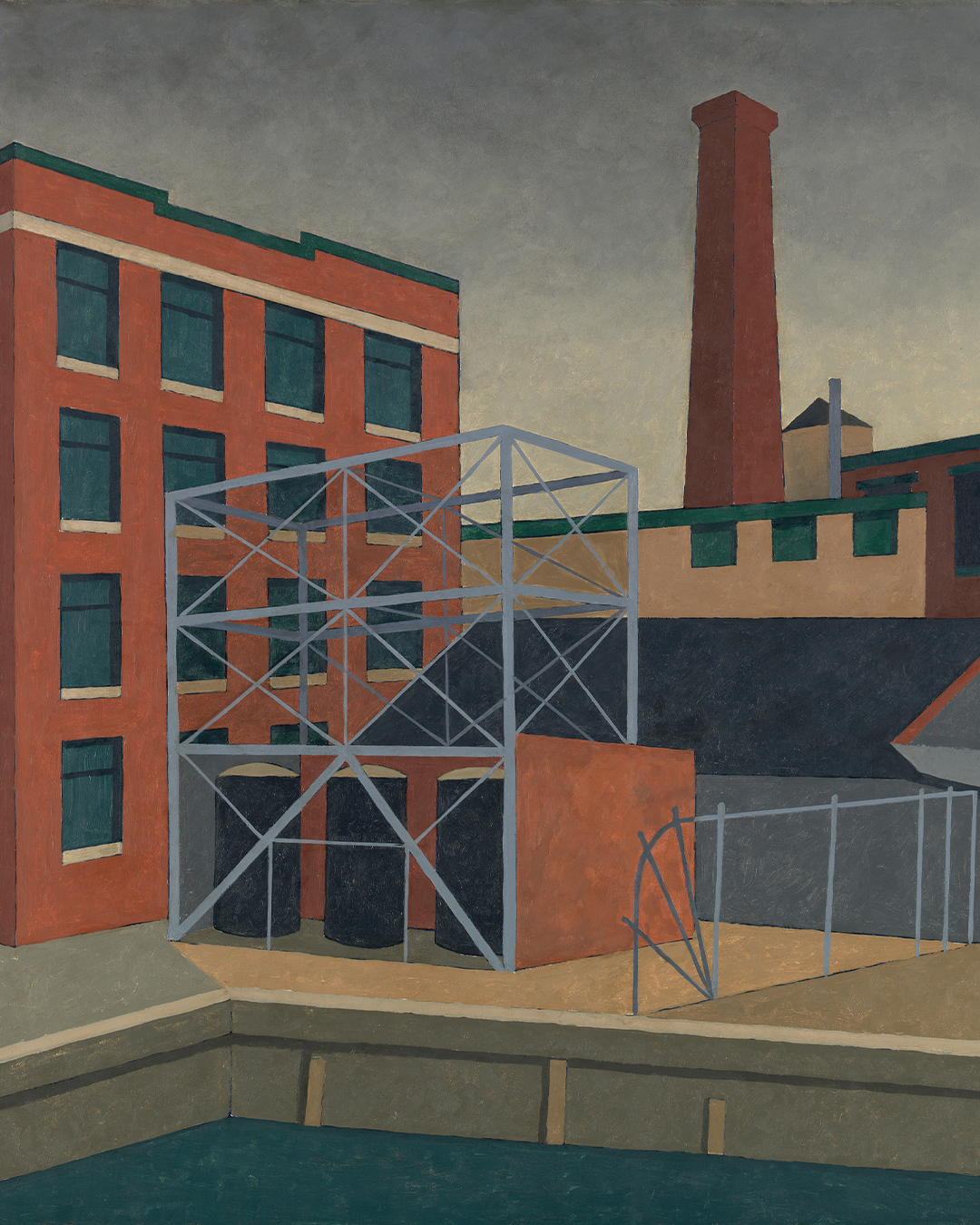Optimisation first: Priorities in today’s art market innovation
Are priorities for developing technology shifting in an uncertain climate?

Are priorities for developing technology shifting in an uncertain climate?
The art market, long characterized by tradition, exclusivity, and complex operations, is rapidly evolving under the pressure of economic headwinds and shifting consumer behaviours.
Today, optimisation isn’t just a buzzword—it’s a critical priority. Galleries, auction houses, and marketplaces are adopting innovative models to reduce overhead, simplify processes, and meet the demands of a digitally native collector base. Recent developments, including the acquisition of Artnet by the equity firm Permira [May 2025] with the ambition of advancing its AI-driven discovery tools and deepening its market analytics capabilities, underscore the commercial prioritisation of helping clients meet these needs.
Operating a gallery or auction house has always been an expensive endeavour. Physical spaces in major cities, full-time staff, art handling logistics, and marketing events drive high fixed costs. However, according to Artsy’s 2024 survey almost half of those who responded (48%) reported having cut costs in the face of squeezed profit margins, making agility difficult. The pandemic accelerated digitisation, yet the underlying processes—provenance research, authenticity verification, and buyer vetting—remained labour-intensive.
Early digital art innovations often leaned heavily on creating immersive, visually impressive user experiences, notably online viewing rooms and virtual reality exhibition experiences, including Sotheby’s Gallery Network, Art Basel’s Viewing rooms and David Zwirner’s sharing of its platform to younger galleries. While these innovations attracted media attention and partially-filled the void in experiencing art enforced by a pandemic, they did not necessarily translate to improved sales or market efficiency long-term. Many platforms struggled with high development costs, a saturated ecosystem and ultimately faltered as the return to physical experiences surged post-Covid.
Similarly, whilst the promise of NFT riches and crypto art preoccupied much debate in the lead up to the market collapse in 2022, it was the development of blockchain capabilities which arguably laid much of the foundations for today’s increasing concern for technology which supports sustainable business models, able to withstand market volatility.
Indeed, the speedy advance of blockchain for provenance verification, AI supported models for valuations, logistics and streamlined e-commerce solutions reflect a pragmatic concern for reducing "friction points" in art transactions, namely the high operational risks, and tightening of margins.
Similarly, with regulatory expectations on the trade, which have been accumulating since anti-money laundering legislation was first introduced, solutions- including Arcarta’s digital due diligence platform-are playing a key role in meeting obligations whilst allowing art market professionals to focus on driving their businesses.
Admittedly, efficient workflows may not sound revolutionary or most naturally align with discussion on innovation. But, for the art trade, this wave of advance could well prompt the largest transformation of its health that we have witnessed for generations.
Arcarta is a Due Diligence platform for the art market and is used by over 400 Art businesses internationally.
To learn more or get in touch please use the Contact page.